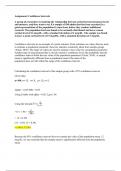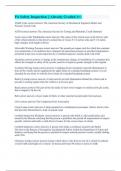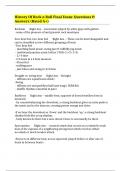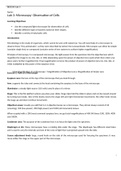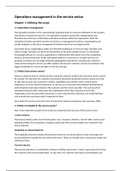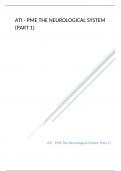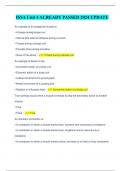Case
BSC 2346 Module_05_Midterm_Exam_Review
- Course
- Institution
BSC 2346 Module_05_Midterm_Exam_Review Mid-Term Exam Review: PowerPoint Lecture Topics/Objectives Module 01 Scientific Method Review • Define the scientific method. The way we seek new knowledge • Label the steps to the scientific method. Observation, measurement, experiment, formulatio...
[Show more]





